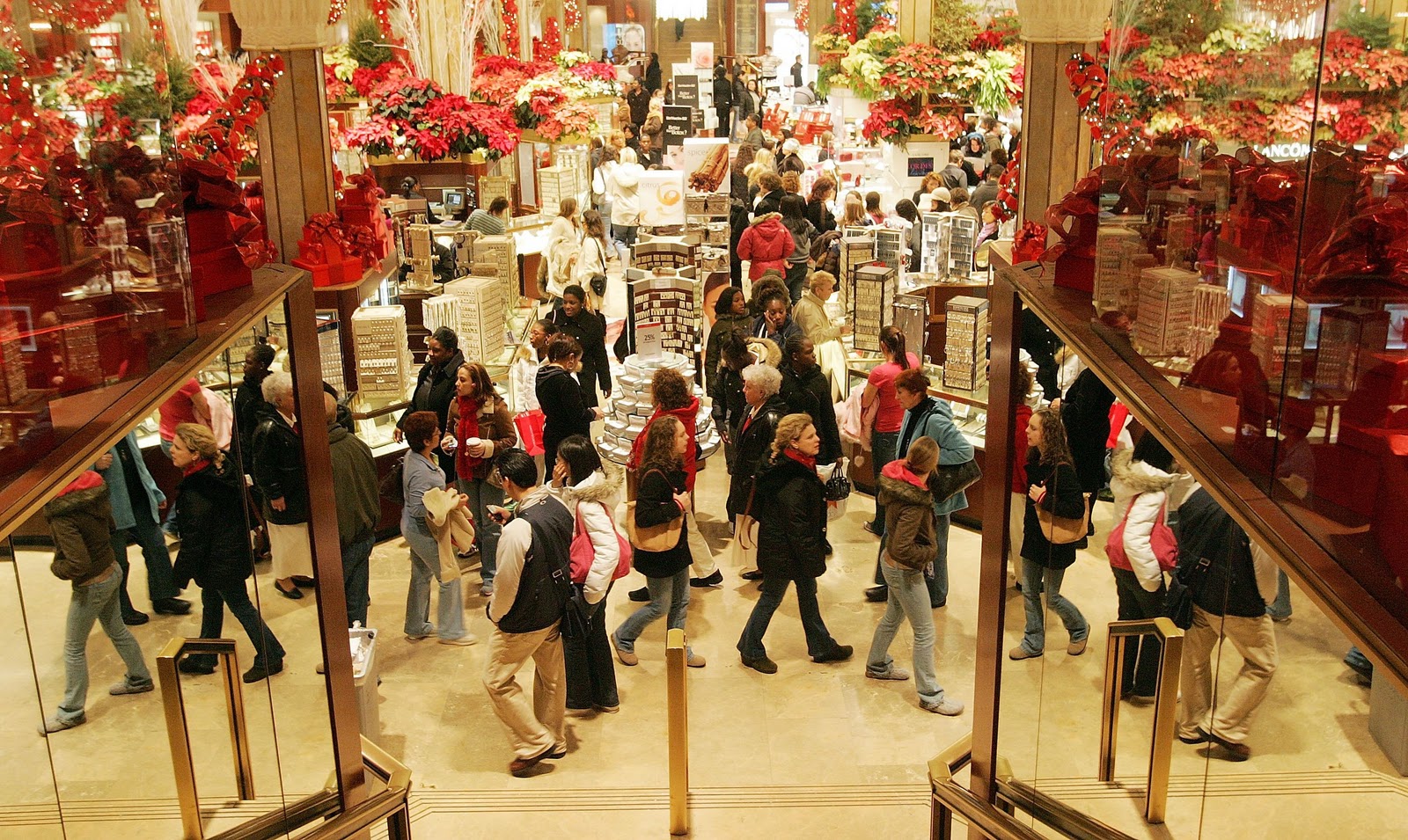Small Business
More than 50% of Consumers to Shop Online This Christmas
Retailers could see record web traffic this year, according to Deloitte’s 31st annual holiday survey of consumer spending intentions and trends. Among the findings from the 2016 study:
Nov. 07, 2016

Retailers could see record web traffic this year, according to Deloitte’s 31st annual holiday survey of consumer spending intentions and trends. Among the findings from the 2016 study:
The Internet gallops ahead as the top shopping destination
- More consumers than ever before plan to shop online for gifts in Deloitte’s survey.
- Half (50 percent) of survey respondents plan to shop online for gifts, giving the Internet a bigger lead than ever over discount/value department stores (43 percent), which rank as the No. 2 destination for gift shopping.
- This rise in web traffic could bring retailers more cheer from their e-commerce sales. Survey respondents anticipate they’ll spend 47 percent of their budget online–matching what they plan to spend at physical stores for the first time. In prior years, people planned to spend more in the stores.
- Online shopping may also take some share from physical store categories big and small. Fewer people surveyed plan to visit standalone “big box” retail stores, dropping from 63 percent to 59 percent this year; traditional malls fell slightly from 53 percent to 50 percent, and independent stores not in a mall dropped four percentage points to 38 percent.
Consumers surveyed are generally upbeat about the economy and their cash flow, but plan to rein in non-gift holiday spending
- Most households surveyed remain positive about the US economy’s prospects and continue to report improving finances. The majority (88 percent) expect the economy to improve or remain the same in 2017. Three-quarters (75 percent) indicate their household financial situation is the same or better than the prior year, up from 58 percent five years ago.
- Holiday shoppers plan to purchase an average of 14 gifts this year, on par with 2015, and will spend an average of $426 on gifts and gift cards.
- After four years of rising non-gift spending intentions, respondents are starting to rein in the amount they plan to put toward these categories. Holiday travel and dining out, entertaining, non-gift clothing for themselves or families, home/holiday furnishings and decorations, and other miscellaneous holiday purchases total $572 in this year’s survey.
- Overall, people surveyed plan to spend an average of $998 on the holidays this year. Despite the ubiquity of the current presidential race, most shoppers (73 percent) say they do not think the election will impact their holiday spending.
Online and in-store channels becoming kindred spirits
- Two-thirds (66 percent) of respondents expect they’ll be “webrooming,” looking at items online before making a purchase in a store.
- Half (50 percent) of shoppers responding will take part in “showrooming” by going to a store to look for an item, then searching online for the best price, and making their purchase there instead of the store.
- More than four in 10 (43 percent) holiday shoppers surveyed expect they will use retailers’ “buy online, pick up in store” feature.
- This year’s survey also showed an increase in the number of shoppers who plan to research via mobile phone: More than half of smartphone owners using their devices for holiday shopping say they plan to shop or browse online (56 percent), read reviews (51 percent), and get product information (50 percent)–all increased from last year.
- While research still trumps purchases on smartphones, mobile transactions are gaining ground. This holiday season, 43 percent of smartphone owners surveyed expect to make a mobile purchase, up from 35 percent last year.
“The way people shop online is having a profound impact on holiday spending this year,” said Rod Sides, vice chairman, Deloitte LLP and US Retail, Wholesale and Distribution practice leader. “Retailers must cater to that digital mindset long before someone walks into a store. If retailers treat online and in-store shopping as mutually reinforcing rather than competitive forces, they can create more opportunities across the business. Customer expectations are being shaped as much by the digital experience as the in-store experience. As a result, retailers should map digital features that matter to the consumer to their brand.”
Sides added, “Retailers may also find that while consumers uphold the spirit of gift-giving, people may not feel the need to indulge on themselves as much this year. We saw a lot of replenishment in non-gift categories over the last few years, and that may be starting to cool off a bit. As people find lower costs for expenses such as travel, they may choose to hang on to those extra savings. Several years of extended and highly competitive holiday promotions among retailers have also reinforced consumers’ expectations that they don’t have to pay full price.”
